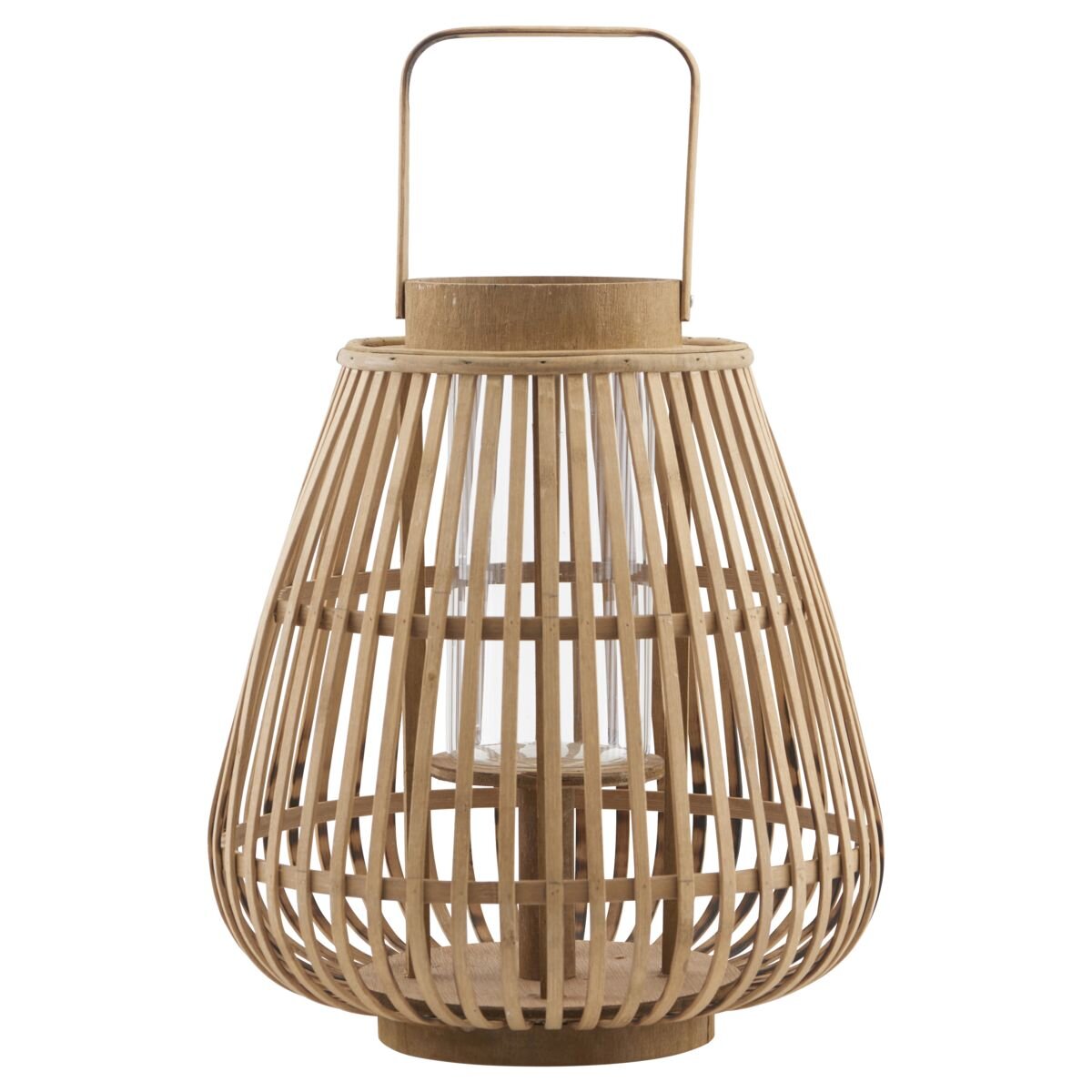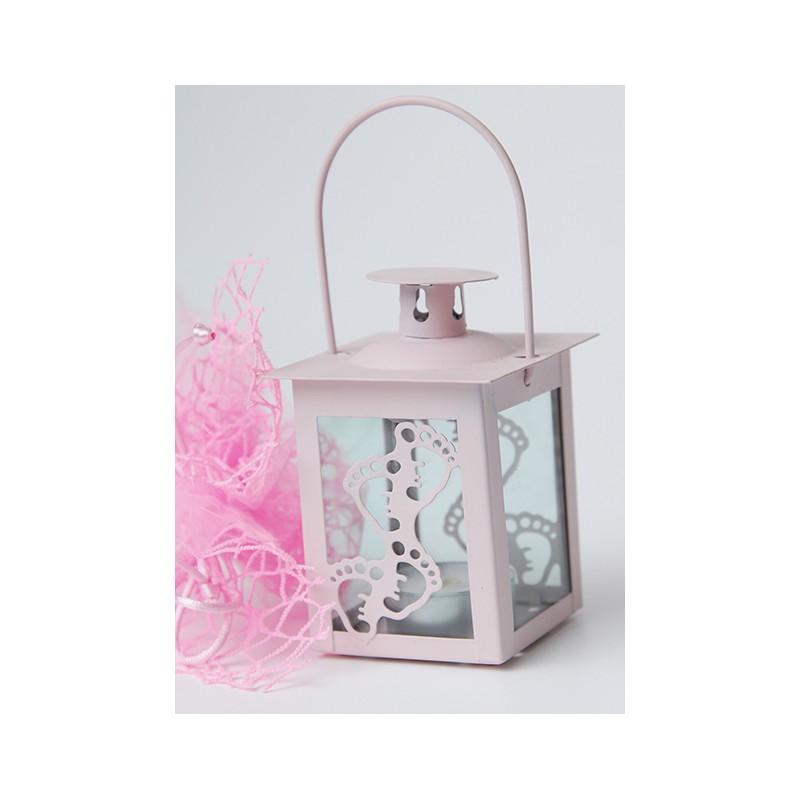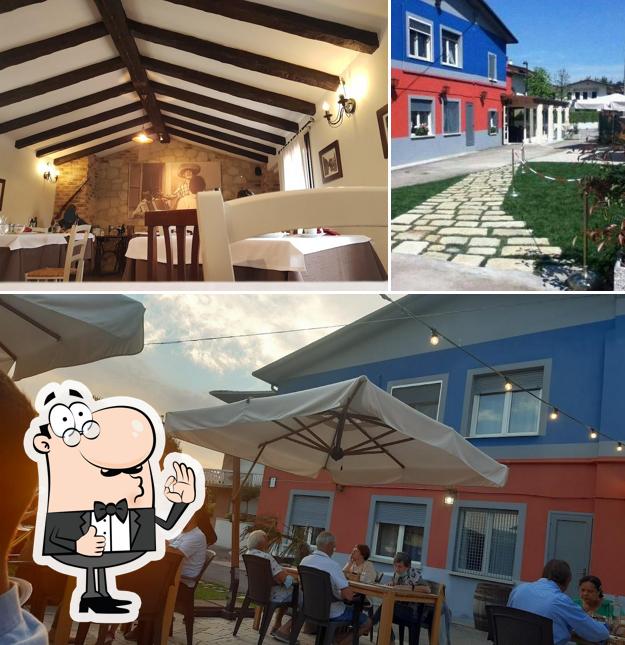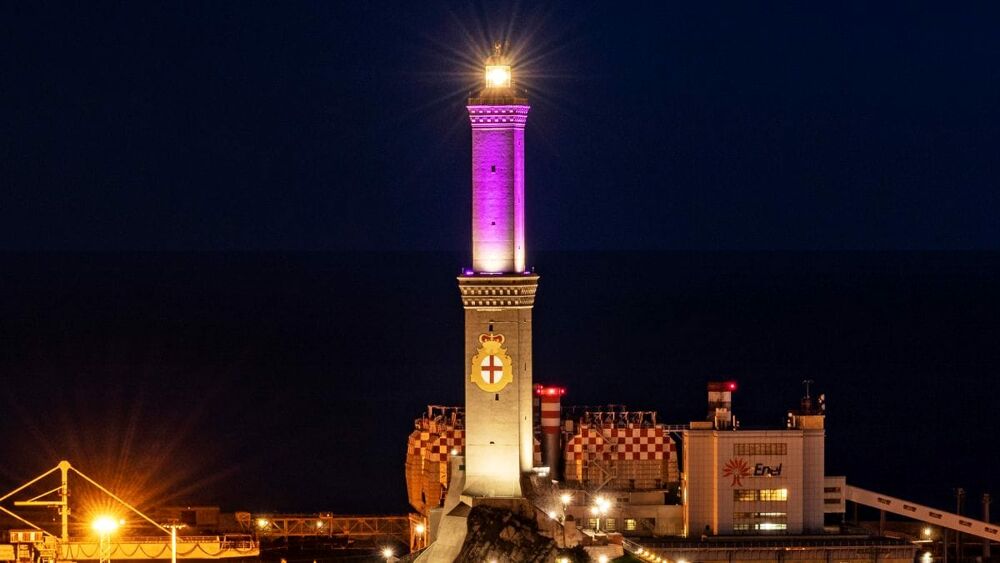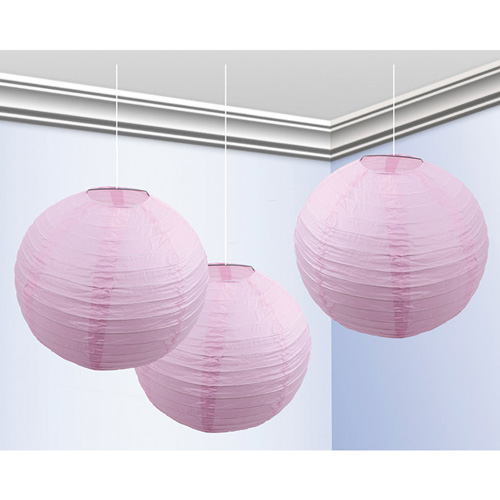
LHYCS - Lanterna a LED a forma di palla di neve, natalizia, luce notturna, con musica, plug-in e funzionamento a batteria, colore rosa : Amazon.it: Illuminazione

Coronavirus, stasera la Lanterna si illumina di rosa: per i bimbi genovesi è "il colore della speranza" - Genova 24






